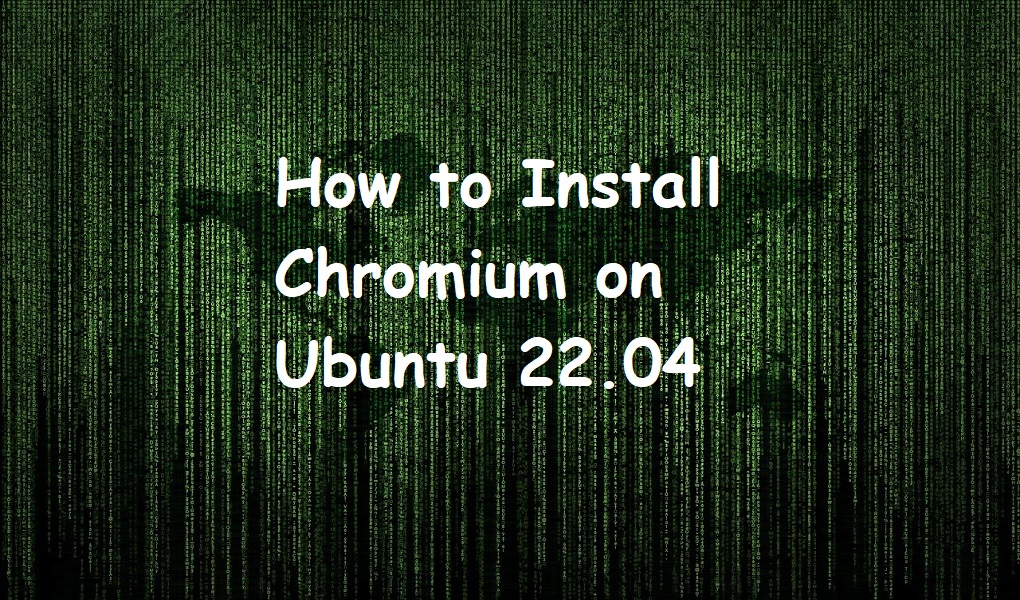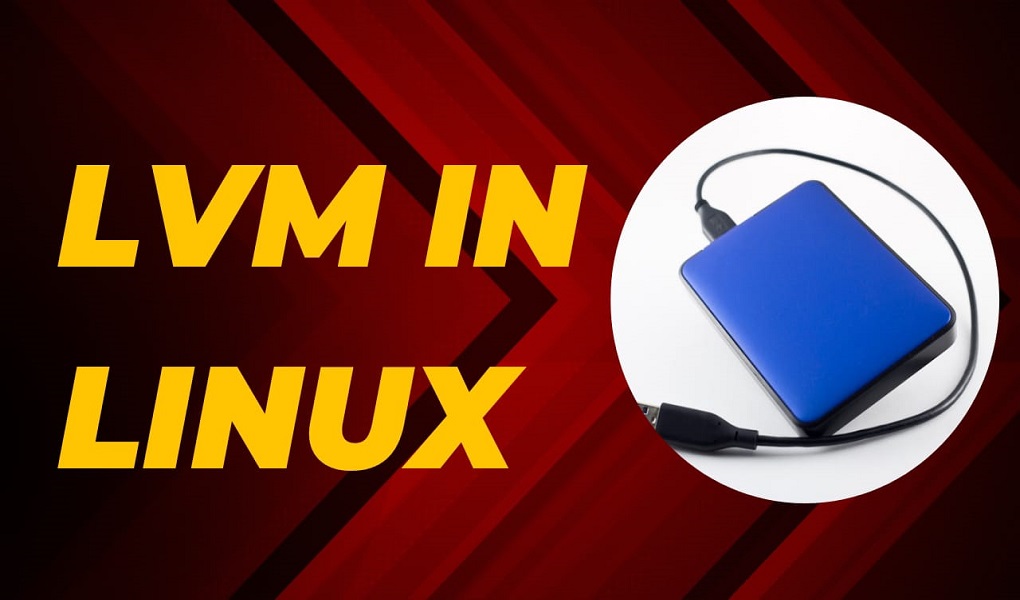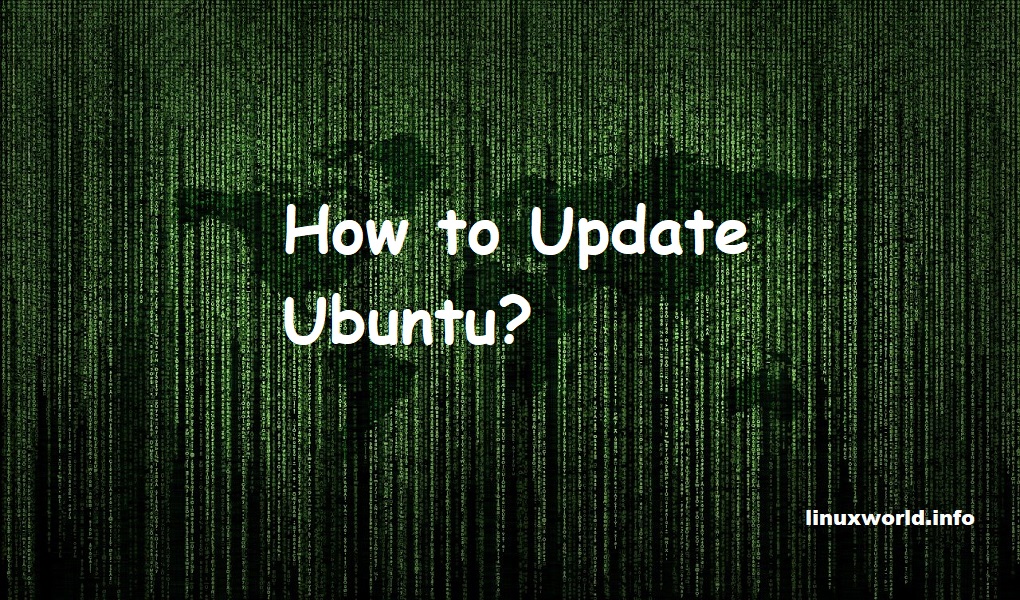In the ever-evolving landscape of virtualization technology, VirtualBox stands out as a versatile and user-friendly option for creating virtual environments on your Ubuntu 24.04 system. Whether you’re a seasoned developer, a curious enthusiast, or a professional seeking to streamline your workflow, understanding how to install VirtualBox on Ubuntu 24.04 is a fundamental skill.
In this guide, we’ll walk you through the step-by-step process, empowering you to harness the power of virtualization and unlock a world of possibilities right from your Ubuntu desktop.
Update system packages
Before diving into the installation of VirtualBox on Ubuntu, it’s crucial to ensure that your system is primed and up-to-date. This begins with updating the system’s package repositories using the command
$sudo apt update && sudo apt upgrade -y
This command combo begins by fetching the latest package information, ensuring your system is up-to-date. Then, it upgrades existing packages to their latest versions, mitigating potential conflicts and errors during installation.
Executing this command proactively prepares your system for the smooth deployment of VirtualBox. Once primed, you can confidently proceed with the main method for installing VirtualBox on Ubuntu.
Install VirtualBox through the system repositories
This is perhaps the easiest and the most efficient way to install VirtualBox on Ubuntu. You can use the default repository for this. Simply run the following in your terminal:
$sudo apt install virtualbox -y
This command will fetch the latest version of VirtualBox from the Ubuntu repository and install it on your system, along with any necessary dependencies. Once the installation is complete, you’ll have access to VirtualBox’s powerful virtualization features, ready to create and manage virtual machines with ease.
Launching VirtualBox
Launching VirtualBox on Ubuntu can be done conveniently through both the terminal and the applications menu, providing flexibility to users based on their preferences. If you prefer the command line interface, simply open a terminal and type “virtualbox” followed by pressing Enter.

This launches VirtualBox directly from the terminal, allowing for quick access and potential automation through scripts or shortcuts. Alternatively, if you prefer a graphical interface, you can access VirtualBox through the applications menu. In Ubuntu’s default desktop environment, simply navigate to the applications menu, search for “VirtualBox,” and click on the icon to launch the application.

Whether you prefer the efficiency of the terminal or the ease of use provided by the applications menu, Ubuntu offers options to suit your workflow.
Uninstalling VirtualBox
Executing this command will thoroughly uninstall VirtualBox from your Ubuntu system, freeing up disk space and ensuring a clean removal. Here’s the command:
$sudo apt autoremove virtualbox --purge -y
Uninstalling VirtualBox from Ubuntu is just as straightforward as installing it, thanks to the apt package manager. If you’re looking to completely remove VirtualBox and its associated dependencies from your system, you can use the command as discussed. Here’s a breakdown of each option:
– sudo: This prefix grants superuser privileges, allowing the command to make system-wide changes.
– apt: Refers to the package manager used in Ubuntu and other Debian-based distributions.
– autoremove: This option removes packages that were automatically installed to satisfy dependencies for other packages and are now no longer needed.
– virtualbox: Specifies the package to be removed, in this case, VirtualBox.
– –purge: This option not only removes the specified package but also deletes any configuration files associated with it.
– -y: This flag confirms all prompts automatically, making the uninstallation process non-interactive and seamless.
Conclusion
In conclusion, mastering the installation of VirtualBox on Ubuntu 24.04 opens a gateway to a world of possibilities in virtualization. By following the step-by-step guides outlined in this article, users can easily deploy VirtualBox. For the previous LTS versions of Ubuntu, we used to have a .deb file that was tailored for the version. We don’t have that yet, hence, I don’t recommend using the deb file if you’re a beginner.
From developers seeking a sandbox environment to IT professionals managing multiple operating systems, VirtualBox offers unparalleled flexibility and convenience.
Furthermore, understanding how to uninstall, launch, and manage VirtualBox instances provides a comprehensive skill set for navigating the virtual landscape. With VirtualBox at your fingertips, Ubuntu 24.04 becomes not just an operating system, but a platform for innovation, experimentation, and productivity in the digital realm. You can learn more about VIrtualBox from their website and the documentation.




